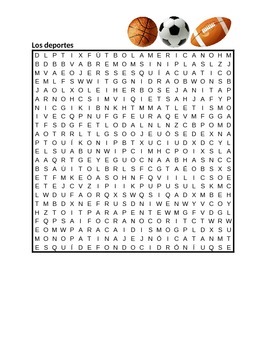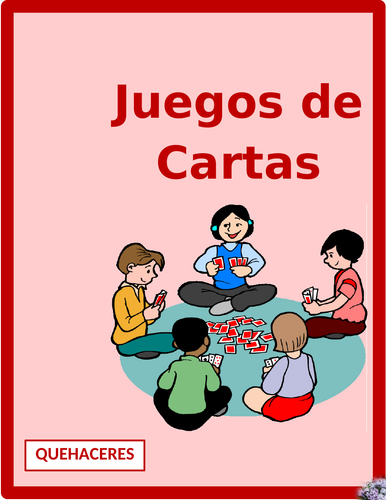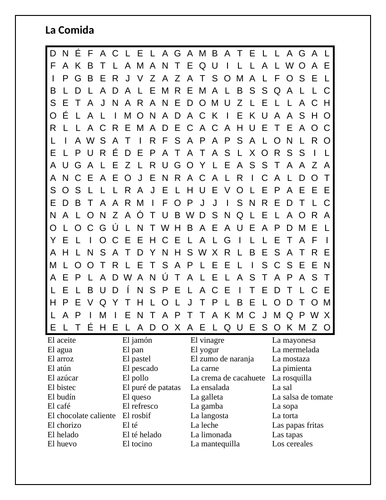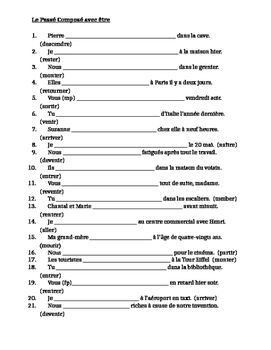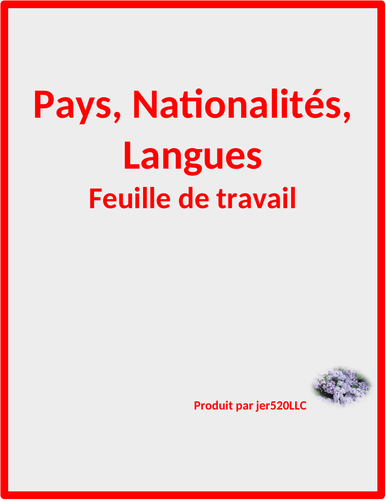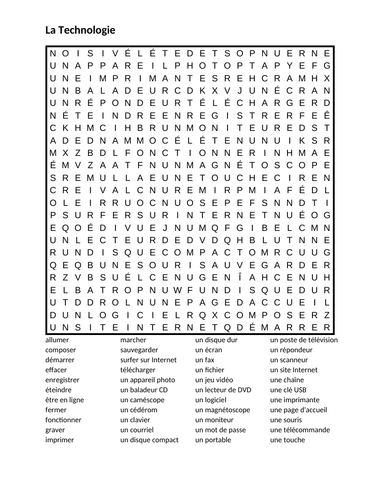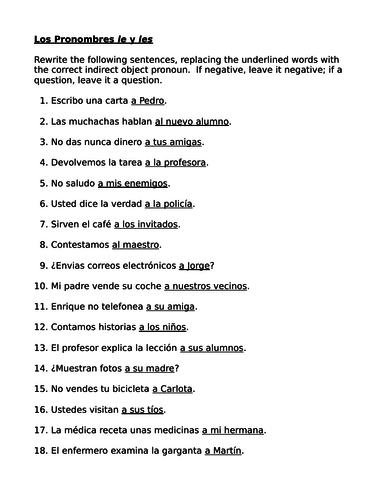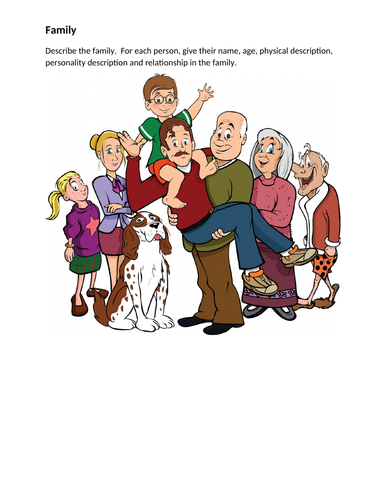Jer520's Shop
I have taught all levels from kindergarten to adult continuing education. I love languages and am constantly working on improving and adding to them. I believe that if students have fun, they will learn faster and remember longer. I try to have students speak in the target language as much as possible during the limited time that they are in class.

